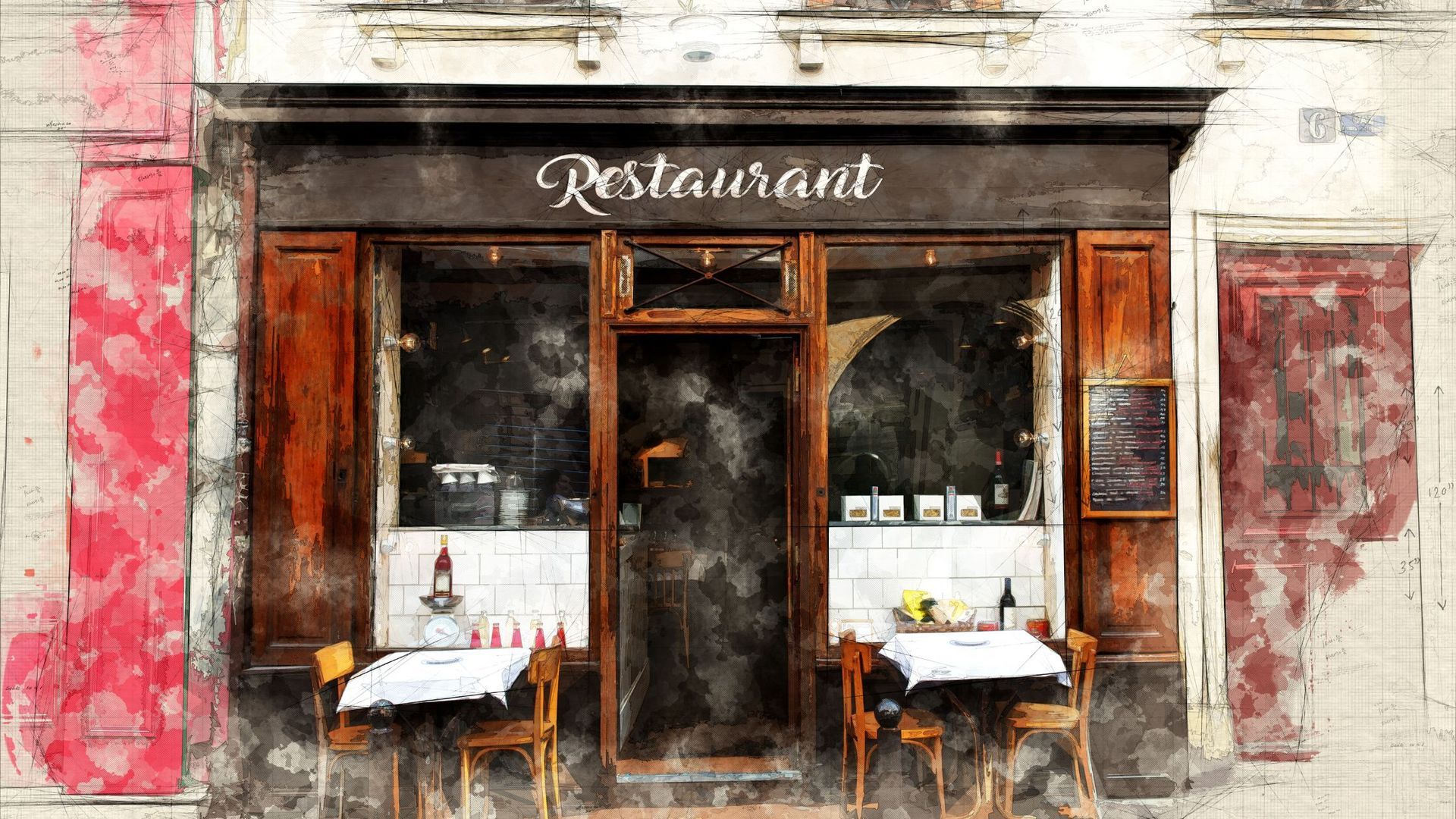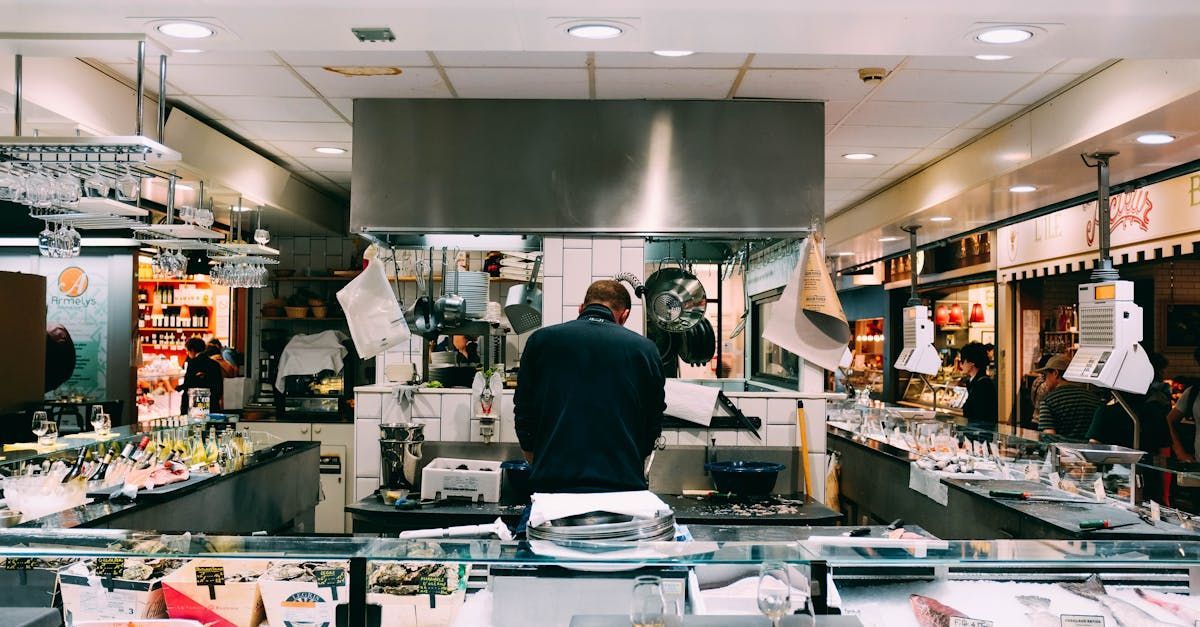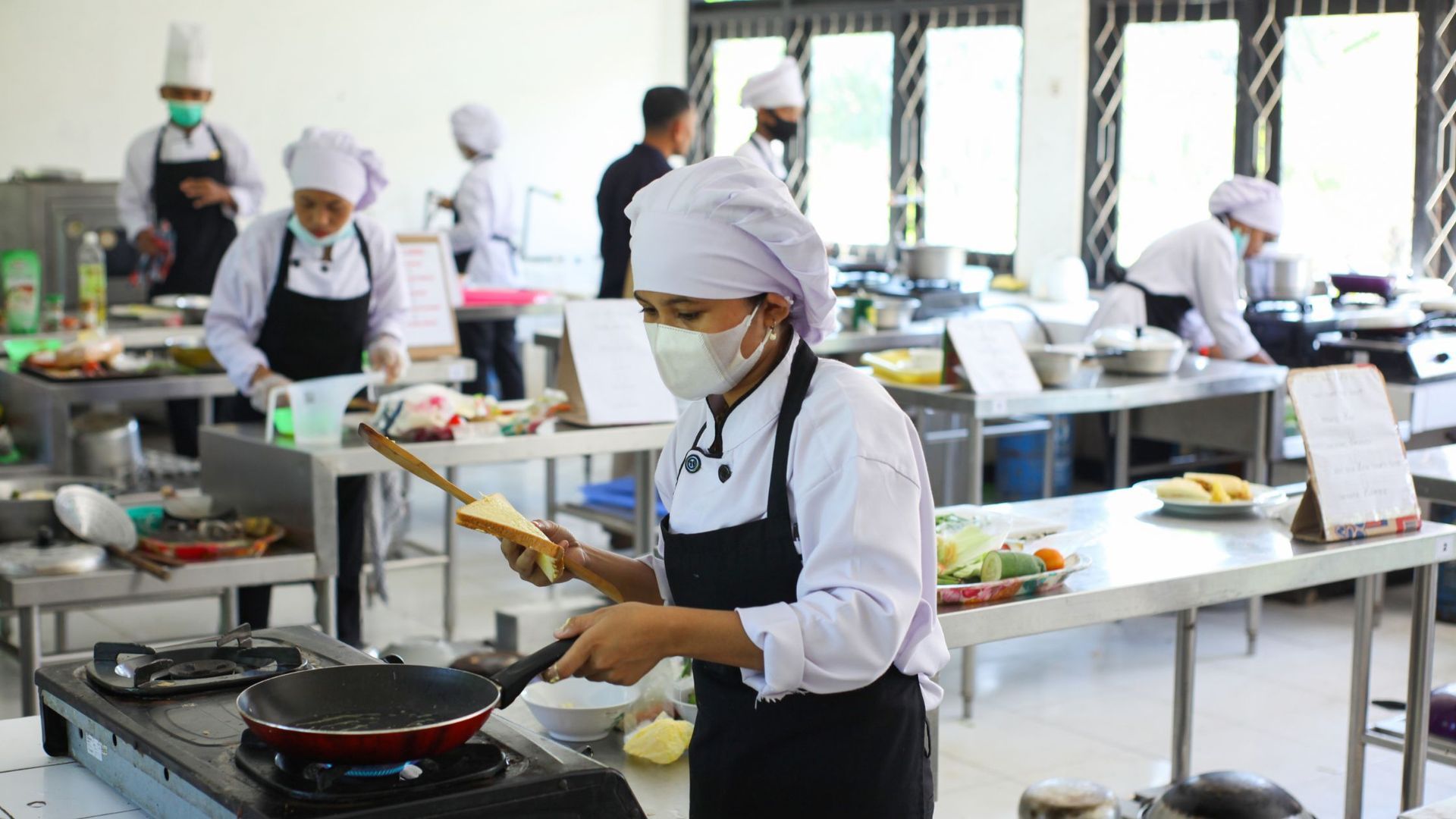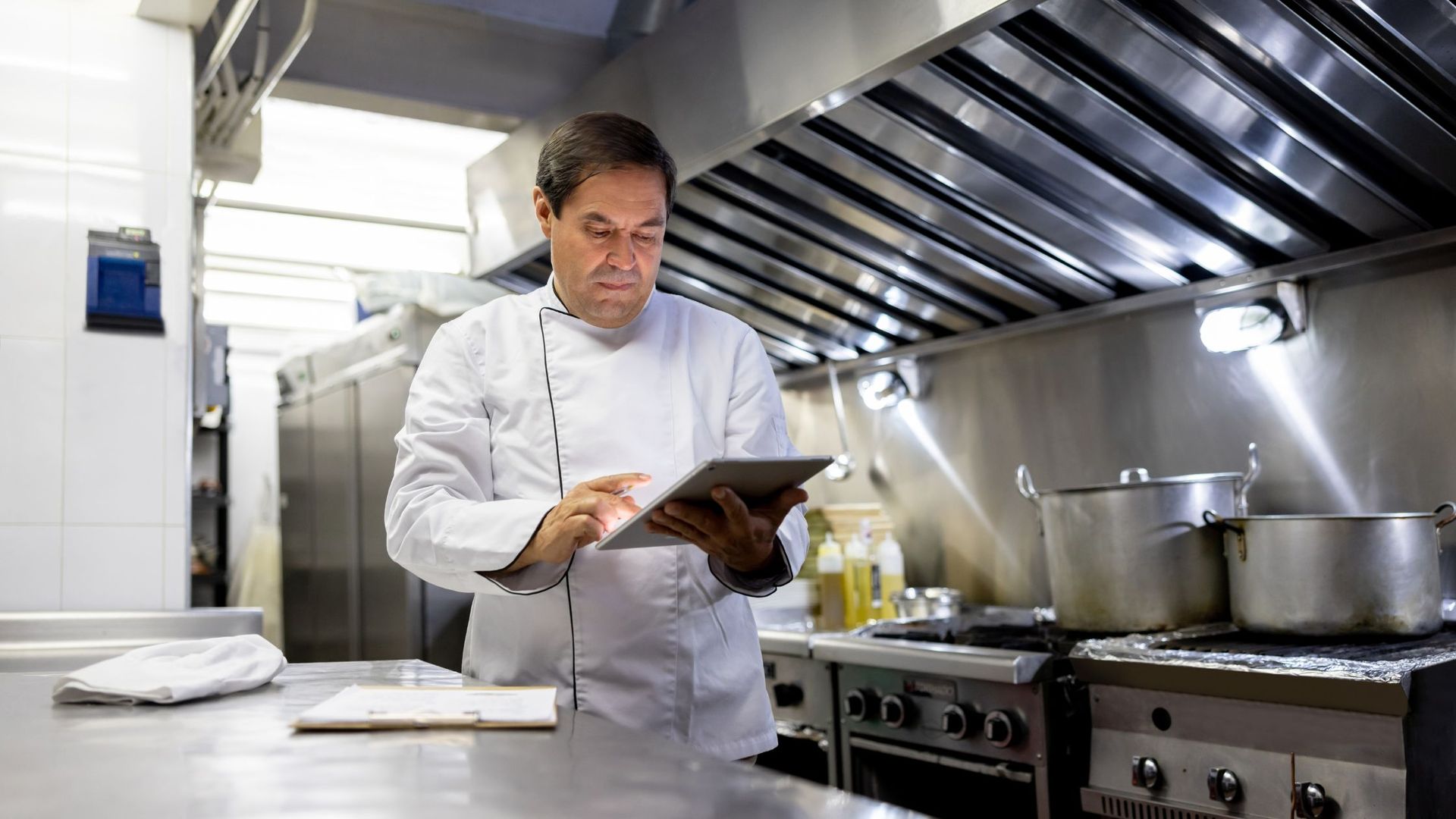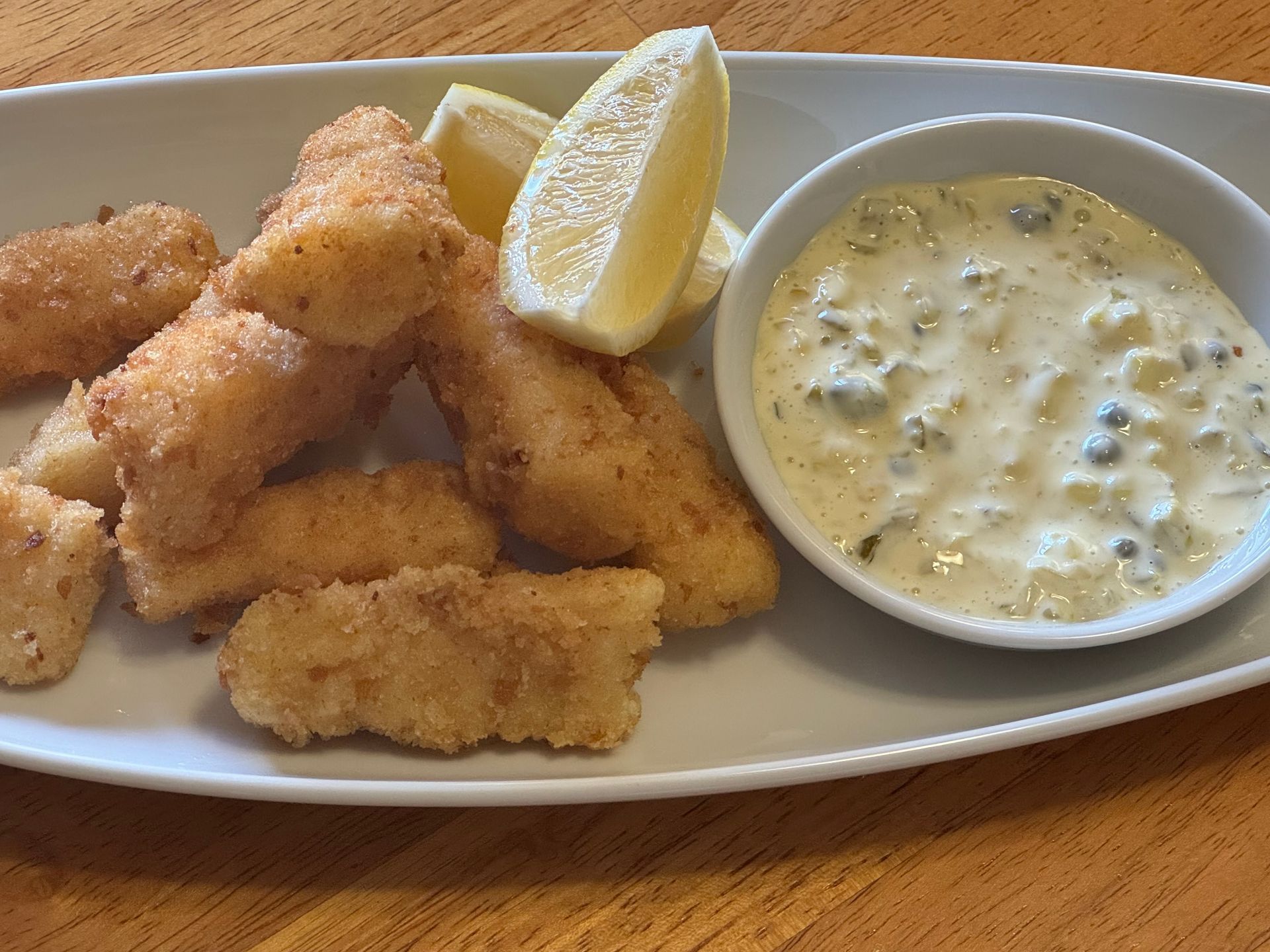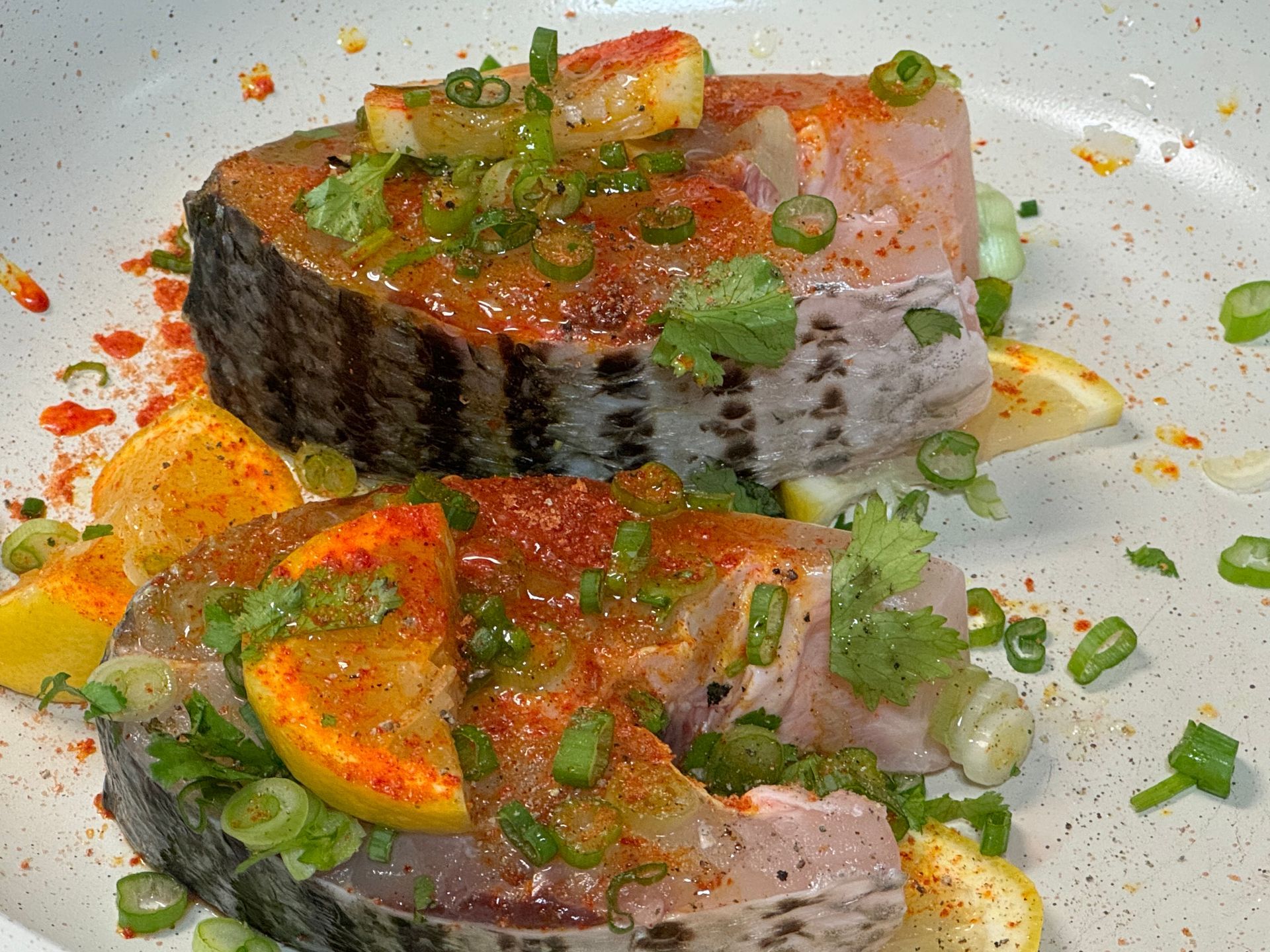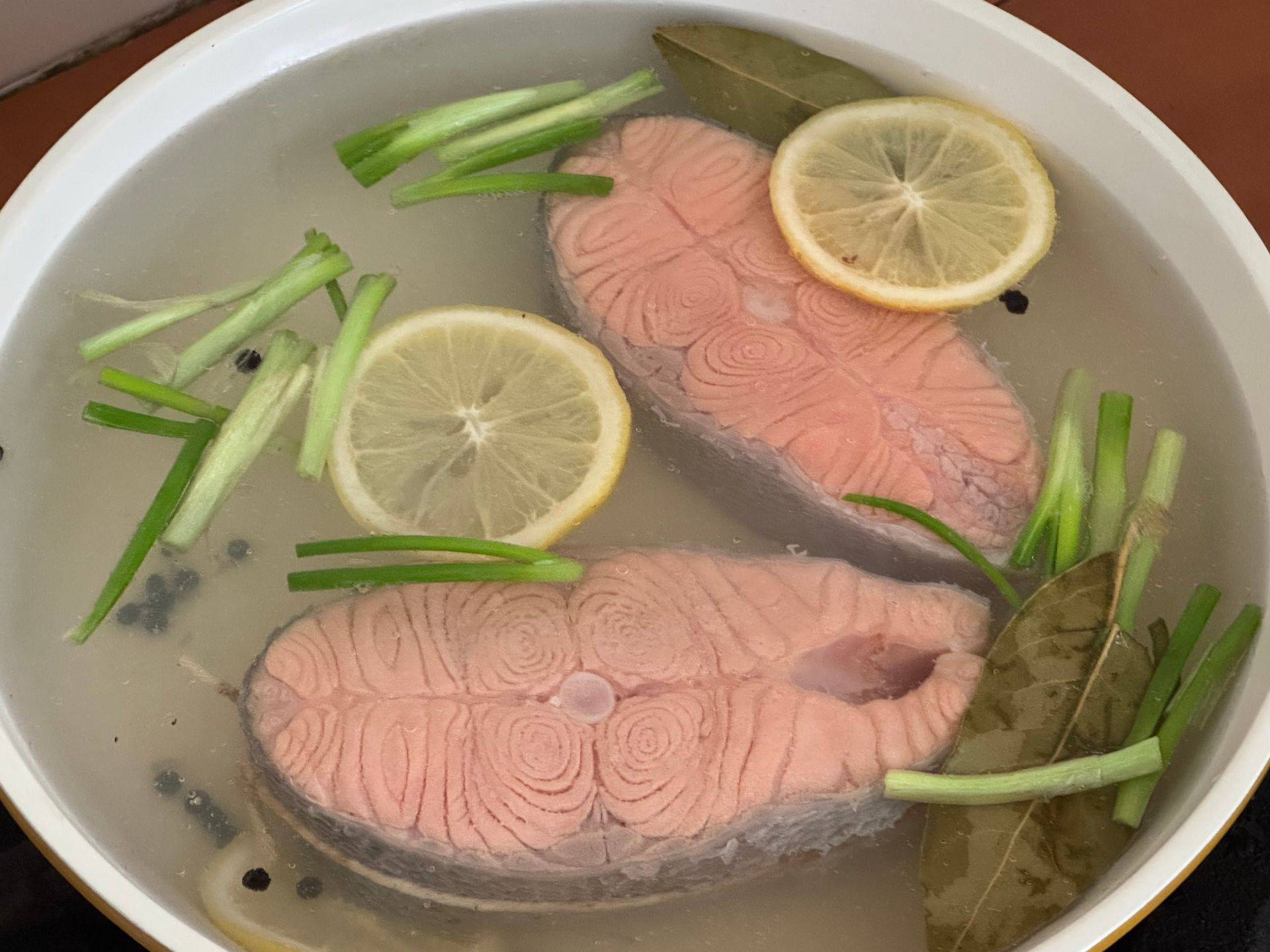The restaurant and hospitality industries are constantly changing & advancing, with new and evolving trends shaping everything from
menu design to customer expectations. Tracking the ebb and flow of global trends can be expensive and time consuming. For restaurant and business owners like you, staying ahead of these trends isn’t just a competitive advantage—it’s essential for growth and success.
My team and I literally travel the world researching new and exciting ingredients, equipment, and recipes. In addition, we analyze data, read magazines and blogs, attend conferences, view social media, speak with cooks, chefs, and industry leaders to bring you top restaurant trends for 2025. Let’s explore how these innovations can drive your business forward.
I first became aware of trends research while preparing to attend a
Research Chefs Association (RCA) Conference in 2014. As VP of the Campbell’s Culinary & Baking Institute (CCBI), my team had begun researching trends to provide a culinary voice of innovation. At the suggestion of one of my chefs, we created the first
‘Trendscape’ report for the Campbell leadership and marketing teams. Since that first trends report in 2014, I have continued researching and charting the acceptance (or rejection) of exciting, new trends to inspire and influence future innovation for my clients.
Following that, each year I hosted a cross functional team of food scientists, marketers, chefs and product developers to attend global conferences and study the gastronomy of the region we were visiting. We understood that conferences had large concentrations of inspiration and innovation! I’ve continued this practice over the past 15 years and document the trends from inception to recognized, to know when a trend is the right fit for a business.
We are not necessarily looking for trends at exclusive restaurants or venues, but searching for trends where the people are eating - food trucks, QSR’s, markets, food halls, pop up’s, restaurants, etc. - to really understand what’s happening in the food world.
Some recognized trends like sustainability are evolving to include newer trends such as upcycling. I am very interested in supporting sustainability and now enjoy working with several start-up companies which prepare upcycled foods that would work very well for chefs in busy restaurants.
These are a few of the trends I’m happy to present in 2025. As chefs, we should have a passion for sharing information equal to our passion for food. Sharing
culinary information and innovation so that we can all improve the food we prepare for our customers is what chefs are about.
My Top 7 Restaurant Food Trends for 2025
1. Sustainability and Local Sourcing
In 2025, sustainability is more than a buzzword—it’s a demand. Many customers expect restaurants to adopt eco-friendly practices such as reducing food waste, using local ingredients, and opting for biodegradable packaging. Farms are coming closer to the table, with some establishments even growing their own produce.
How to Apply This:
- Partner with local farmers to source seasonal ingredients
- Use digital menus to communicate your sustainability practices
- Explore certifications like LEED for eco-conscious restaurant design
TWG Consulting can guide you in implementing sustainable solutions that align with your brand values and improve profitability through efficient operations.
2. Upcycling
Upcycled foods are foods that are made from ingredients that would otherwise be thrown away, and are produced using sustainable supply chains. Upcycling is a way to reduce food waste and create new, high-quality products.
Upcycling can reduce waste and waste disposal costs, lead to creative menu inspirations, and improve brand image by telling your upcycling story.
Here are some examples of upcycled foods:
- Vegetable products: Companies like
Matriark Foods upcycle farm surplus and fresh-cut remnants into vegetable products, soups, and sauces
- Croutons: Stale bread can be turned into croutons and bread crumbs
- Smoothies: Overripe bananas can be frozen and added to smoothies
Other ways to upcycle food include:
- Using vegetable scraps like carrot tops, kale stems, and broccoli stems in soups, stocks, or as a garnish in salads
- Visit farmers markets or work with local farmers to purchase bruised or 'seconds' fruits and vegetables for soups, stews, condiments, preserving, etc. Often the cost is much less expensive for 'seconds' than for the more attractive fruits and vegetables
- Pickling watermelon rinds
- Making bone broth
- Sautéing the stems of leafy greens
- Regrowing your veggies in water
- Saving the leaves of beets, carrots, and radishes
- Making vegetable stock
- Using coffee grounds as fertilizer
3. Ingredients as Trends
Sometimes a food trend can be based on a single ingredient and there are several poised to make a big impact in 2025.
A few years back, I chose pandan leaves as an ingredient trend to study, having fallen in love with pandan ice cream while studying gastronomy in SE Asia. It’s very popular now and I think the fig leaves have many of the same uses. I like to blanch the fig leaves and wrap chicken or shrimp when grilling, in fact I did a culinary demo for the RCA on a similar recipe.
Fig leaves are great with rice, infusing a delicious, earthy taste and aroma.
4. Consumer Convenience
Economic pressures mean customers are redefining value. Instead of simply looking for discounts, diners are attracted to experiences that justify their spending.
Convenience is an important part of value due to the busy lifestyles people have these days. Customers are looking for delicious, global foods fit into their lifestyles and their budget.
Ideas to Implement:
- Develop a signature take home/delivery menu. Prepackage signature menu items for takeout and consider displaying them in refrigerators and/or freezers in the restaurant
- Create limited-time offers (LTOs) that showcase premium seasonal ingredients
- Introduce combo meals or smaller portions of high-quality dishes.
- Create grazing menus
- Develop loyalty programs using customer data for tailored rewards
Our restaurant consulting services can help you strike the right balance between affordability and profitability, keeping customers coming back for more.
5. Big sharing dishes & upscaling
Big sharing dishes are supplanting small plates as a consumer favorite. This trend, often referred to as "shared dining" or "family-style dining," is characterized by large, communal portions meant to be enjoyed by a group of people at the table.
Promotes social interaction and a sense of community among diners and allows diners to try multiple flavors and dishes in one meal.
A related trend called upscaling is growing amongst Gen Z and Alpha, who are seeking more sophisticated dining experiences that they can share on social media.
Some examples of this include:
- Tomos Parry's Mountain restaurant offers a lobster caldera stew for three or five to share.
- Llama Inn serves lomo saltado, a large plate of Peruvian beef stew topped with fries
- Restaurants like Dovetale, Story Cellar, and Bébé Bob feature whole roast chicken as a shareable centerpiece dish
How to Apply This:
- Create a dedicated section for shareable dishes or redesign the entire menu around the concept
- Develop signature large format dishes like whole roasted meats or seafood platters
- Incorporate diverse flavors and ingredients to cater to different preferences
- Arrange tables to accommodate larger groups and provide ample space for multiple dishes
- Plate dishes for visual appeal and Instagramability
6. Plant-Based and Vegetables
The plant-based movement continues to evolve. Customers are often confused with the various, innovative plant-based options available. New choices such as lab-grown meats and seafood, meat and seafood analogues, highly processed ‘burgers’ with confusing ingredient labels etc., are available and often quite expensive.
Many chefs, myself included, respect the trend of moderation. Eating meats or seafood in smaller portions and less frequently. ‘Celebrating Vegetables’ and adding more vegetables, grains, legumes and fruits to our diets. Featuring these food groups as the center of the plate such as cauliflower steaks, vegetable risottos, homemade veggie burgers etc.
Mushrooms are enjoying renewed popularity as a food trend, especially due to mushroom’s umami mouthfeel and meat texture. Lion’s mane and Reishi mushrooms have great health benefits, the texture of Shiitake and King oyster mushrooms make these mushrooms great choices to create delicious, savory meals.
How to Stay Ahead:
- Create‘scratch’ cooked signature veggie burgers, meatballs, chili recipes, etc. to attract loyal customers as well as for customers who wish for a healthy alternative
- Feature trending vegetarian, customizable bowls with vegetables, grains, seeds, and fruits
- Highlight the health and environmental benefits of plant-based dishes on your menu with profitable ‘specials’ such as vegetarian lasagna, tacos, risotto etc.
Our culinary consulting services can help you develop creative, delicious and on trend vegetarian menu items that cater to diverse dietary preferences.
7. Southeast Asian Cuisine & Sweets
I first began exploring Southeast Asian cuisine while researching snacking in Malaysia, Thailand and Indonesia. I was amazed at the authentic flavors of street food, especially the ‘wok’ flavor of pad thai being cooked in an old, cast iron wok in Thailand, the smoky, savory flavors of lamb and chicken sate in Malaysia, whole pigs barbecued in Kuala Lumpur, and the aromatic and spicy Peranakan foods in Singapore. But this year we’re focusing on the big trend of Southeast Asia sweets!
The popularity of Asian-inspired sweets is expected to continue in 2025 blending traditional flavors with modern culinary techniques to create unique and exciting treats. This includes viral treats like mango and banana gummy candies, as well as desserts with flavors like matcha and yuzu.
The trend extends beyond traditional desserts, with chefs and food manufacturers creating innovative fusion treats including:
- Matcha Tiramisu: Combining the Italian classic with Japanese green tea flavors.
- Bubble Tea Pancakes: Incorporating boba pearls into fluffy pancakes.
- Sesame Creme Brulee: A twist on the French dessert using black sesame.
- Mochi Donuts: A creative take on traditional mochi, popularized by brands like Mochinut
Actionable Ideas:
- Incorporate Southeast Asian ingredients and techniques into fusion cuisine
- Partner with chefs or consultants with expertise in the cuisine to ensure dishes honor traditional techniques and flavors
- Use menu descriptions, staff training, or even events like cooking classes to share the cultural stories behind the food
Chef Junnie Lai from TWG Consulting is a renowned expert in Asian cuisine. If you’re like to learn more about how to tap into this trend, book a free consultation.
Conclusion
The trends shaping 2025 are more than fleeting ideas—they represent a shift in how restaurants operate and connect with their customers. By embracing sustainability, bold flavors, wellness, and Asian cuisine, you’re not just keeping up—you’re leading the way.
At TWG Consulting, we’re here to help you navigate these changes with tailored strategies that transform challenges into opportunities. Let’s work together to create a thriving, future-ready restaurant.
Book a free consultation today to learn how our expertise can fuel your growth.
Want to position your restaurant ahead of the curve? Check out our
Restaurant Rescue program.

